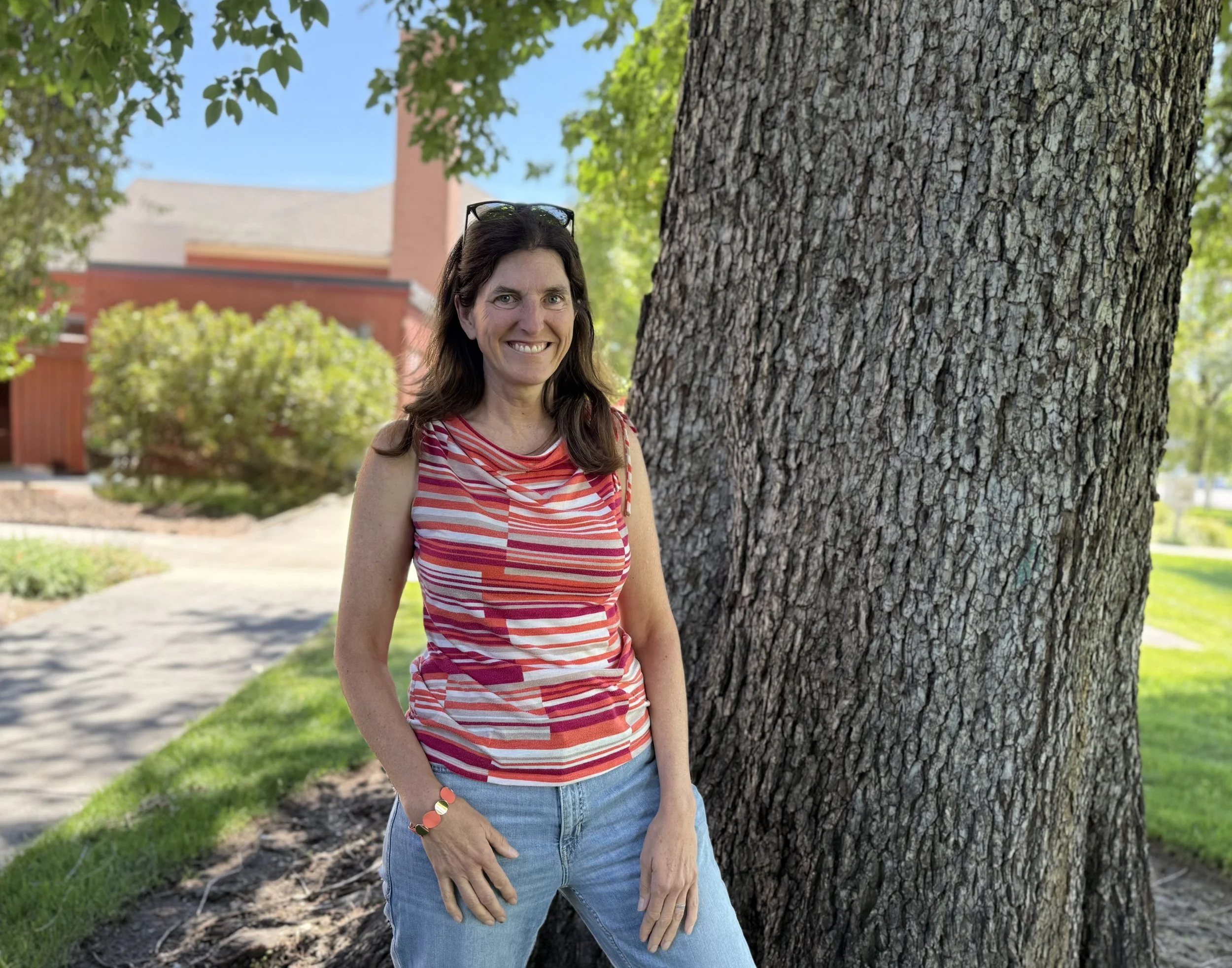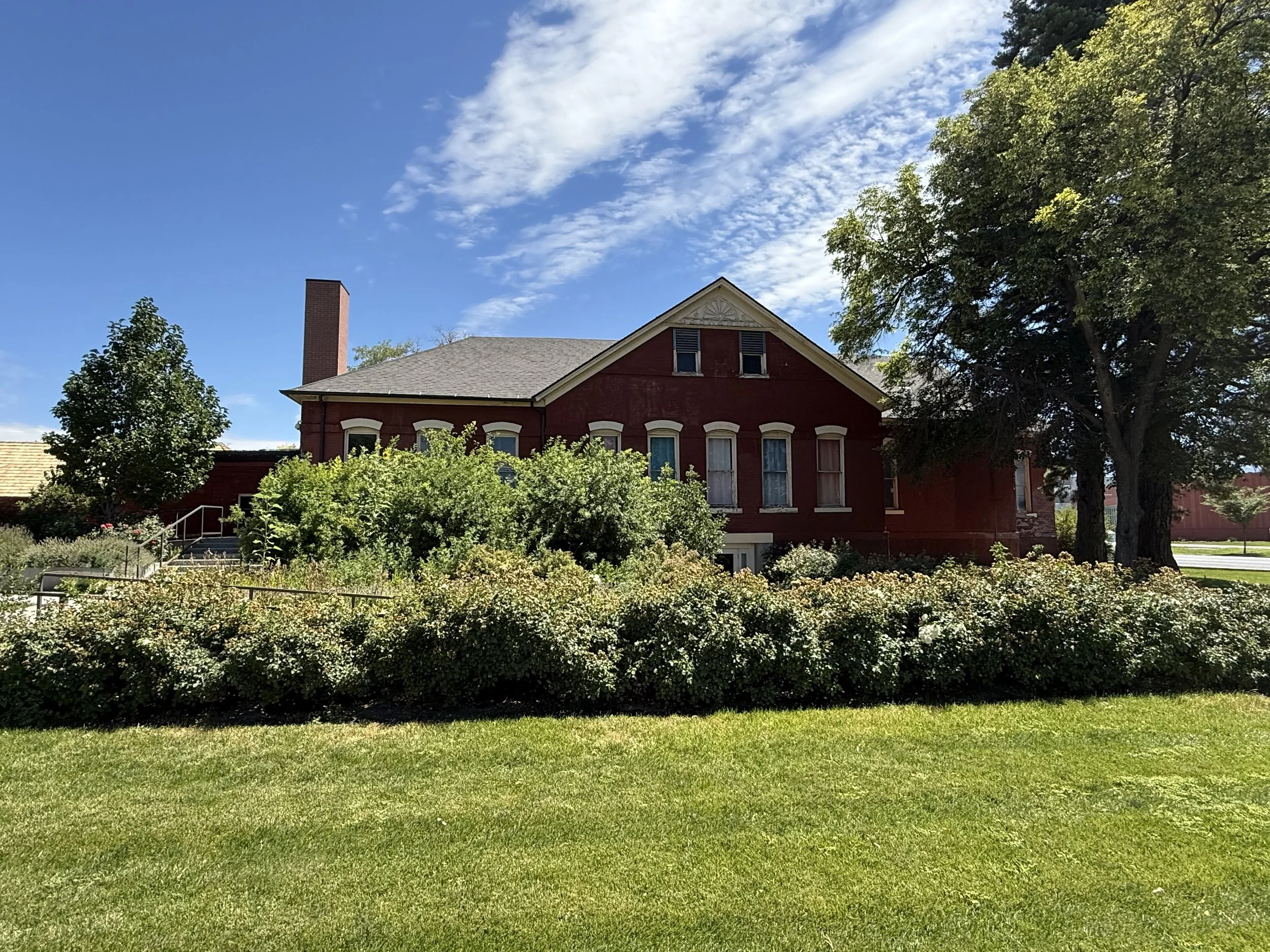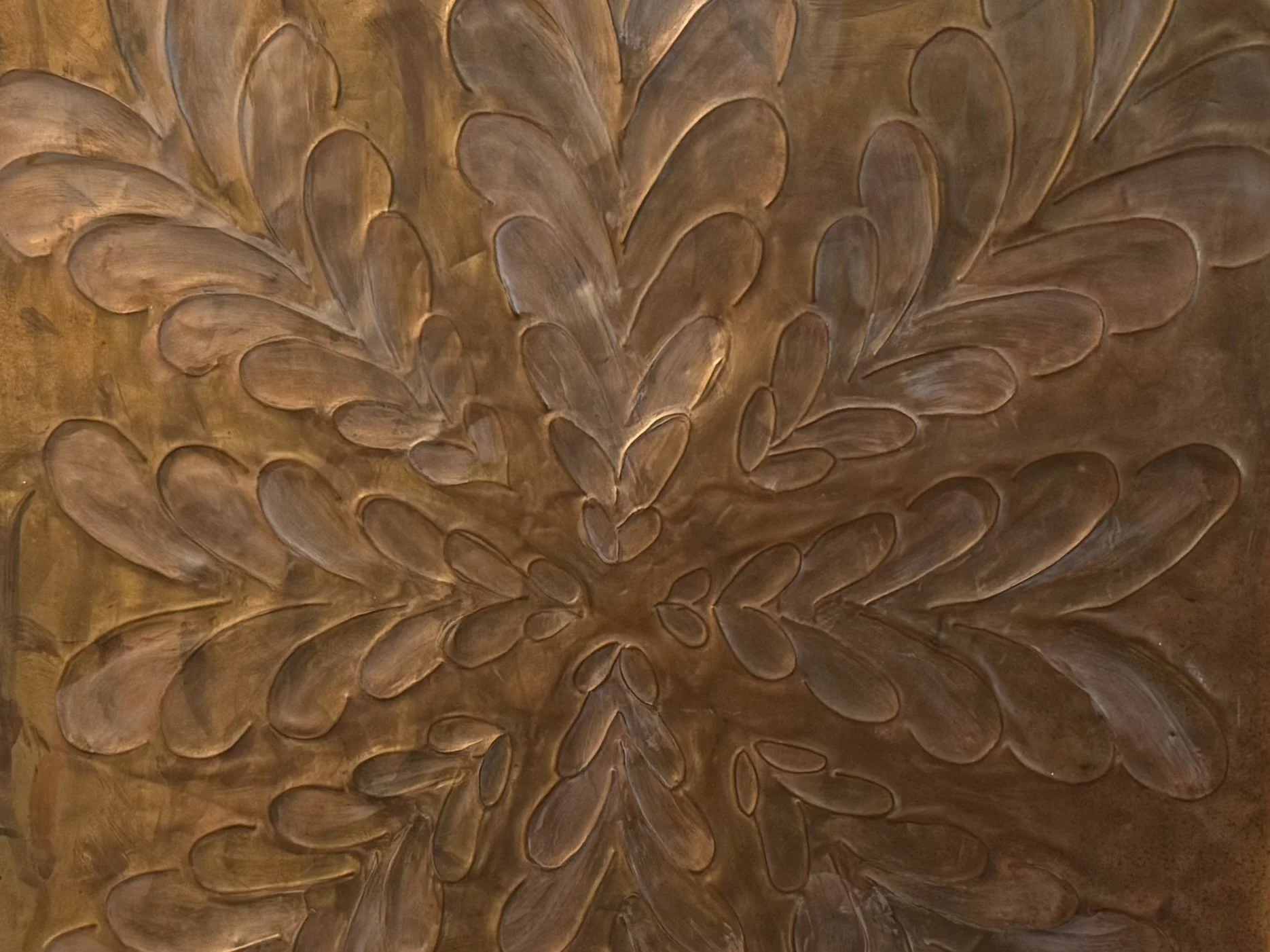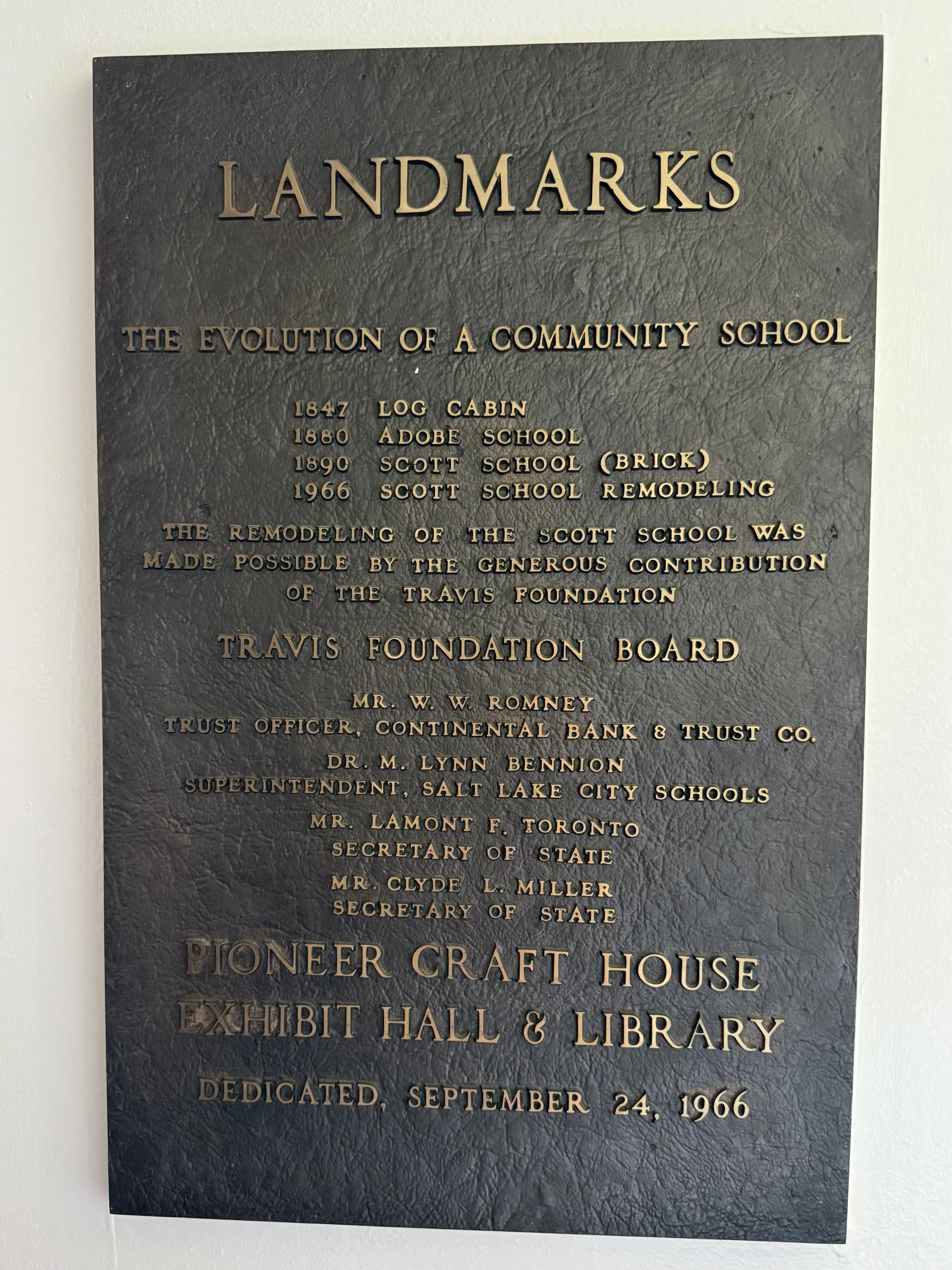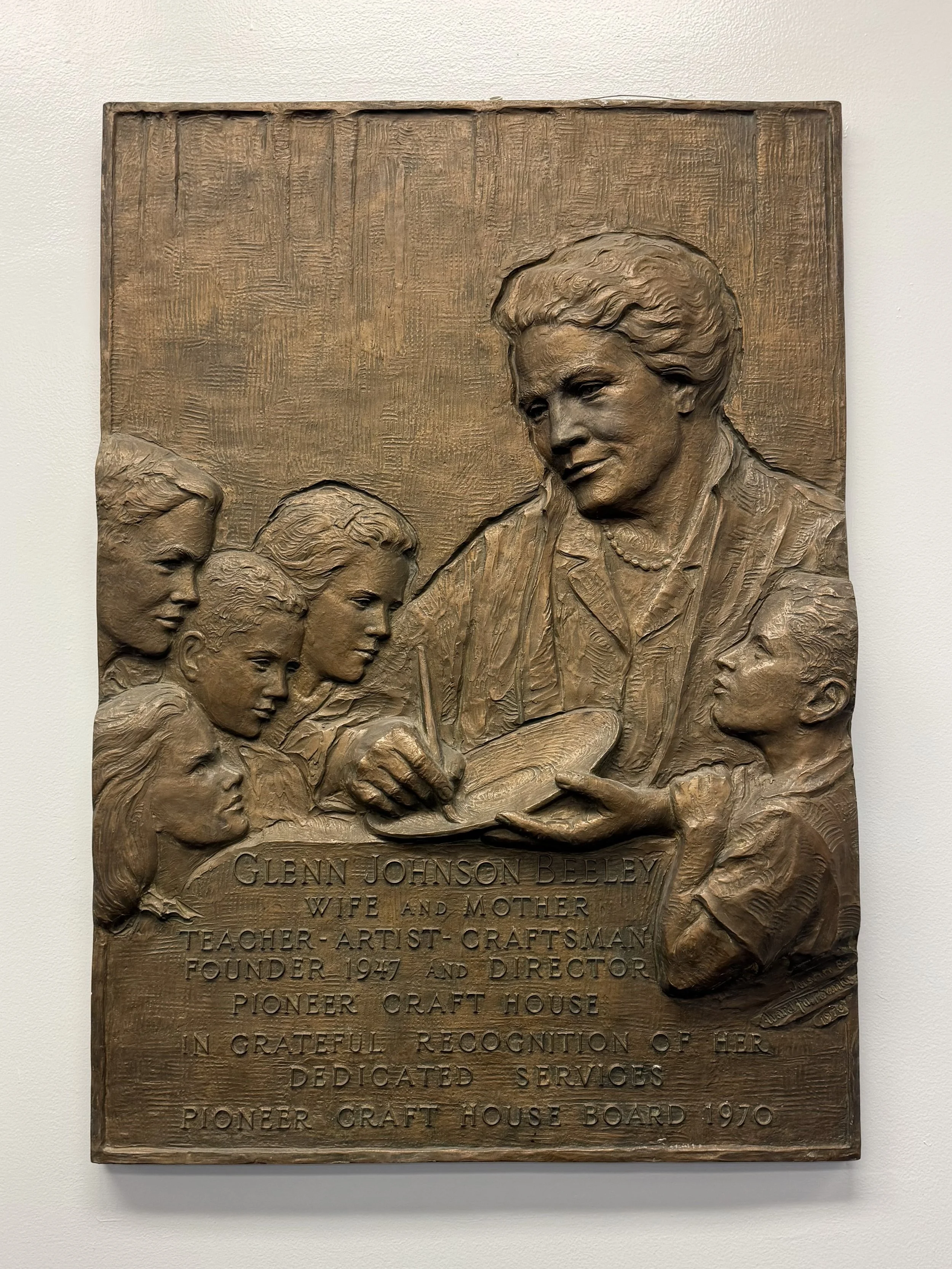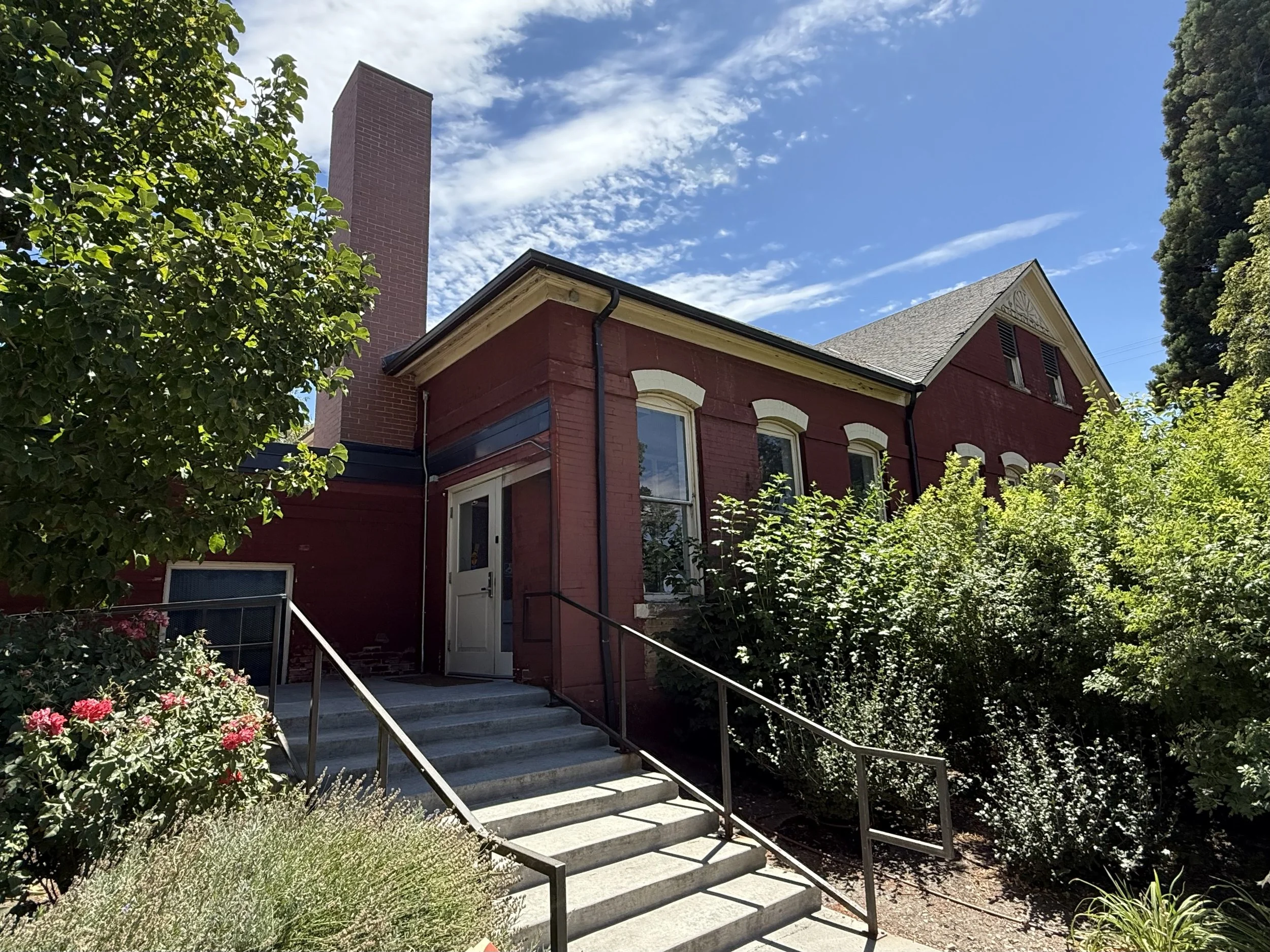South Salt Lake Arts Council
“This is actually the most exciting position I have ever had.” For Jody Engar, Arts Programming Coordinator for the City of South Salt Lake, her role with the South Salt Lake Arts Council combines everything she has learned in her professional life with her passion for community engagement.
Before joining South Salt Lake in 2019, Jody worked in retail as a multi-unit supervisor - experience that taught her how to juggle competing priorities, think on her feet, and manage people and events. After four years in the city’s Community Development department, she moved to the Arts Council in 2023 where she now runs arts classes for adults, oversees the Creative Aging program, and coordinates Celebrate South Salt Lake, a series of community-driven cultural events that highlight the city’s diversity.
“We are the most diverse city in Utah,” Jody said. “That is what makes us amazing. We have every ethnicity and every type of resident here, and that is what we love.” The Celebrate program awards mini grants to groups who want to host cultural events, guiding them through permits and logistics. From a Nepalese celebration of lights, to Brazilian capoeira performances, to the Utah Dance Festival, the events reflect the global makeup of the city.
The Arts Council also organizes major events like Craftoberfest, which showcases creative businesses, breweries, and distilleries, and Mural Fest, now in its eighth year, which has brought eighty large-scale artworks by top local and international artists to South Salt Lake’s walls. “Art unites the community,” Jody said. “It has given South Salt Lake a sense of pride.”
Sharen Hauri, the city’s Director of Neighborhoods, oversees facilities, parks, and the Arts Council as part of her department. Originally from St. Louis, Missouri, she came to Utah at twenty-one “for the mountains” and built a career that combines her training as both an architect (University of Utah, 1995) and a landscape architect (Utah State University, 2000) with a deep investment in urban design and community building. She first worked with South Salt Lake as a consultant, designing community spaces and working on a campaign to save Granite High School, an effort that failed by just five votes.
Sharen’s introduction to the Historic Scott School property came in the late 2000s when the city purchased it from the county using redevelopment funds. The site’s history stretches back to the late 1840s, when the Scott family settled along nearby Mill Creek. They built a log cabin, then an adobe structure, and eventually a schoolhouse to serve the growing number of children in the area. The current Scott School building is the third or fourth iteration of that original school, constructed in the late 1800s.
When South Salt Lake incorporated in 1938, the Scott School, then part of Granite High School, was already a well-established community institution. In 1947, Utah’s pioneer centennial celebrations inspired the creation of the Pioneer Craft House, an arts and crafts organization dedicated to preserving pioneer skills. Under the leadership of Glenn Beeley, the Pioneer Craft House began operating in the Scott School in the 1950’s, offering weaving, pottery, woodworking, and other traditional arts to both students and the community.
By the early 2000s, however, programming had diminished and the nonprofit running the Scott School space was struggling. The city’s purchase of the property in 2009 came with the Pioneer Craft House as a tenant. The city and its program needs grew to take over the whole site, and the dire need to upgrade the buildings led to the next chapter. “We want to bring back the classes, the sense of community, the culture, and the history.”
Today, the complex is officially called the Historic Scott School Community Center and is part of a larger vision: to create an “arts campus.” The historic school buildings - currently under renovation - will eventually host expanded public classes, and events. and possible partnerships, like a “Men’s Shed” community woodshop or collaborations with local makers. Plans also call for outdoor artifacts, interpretive signage telling the story of the site and the city itself. The Redwood Building next door, recently remodeled, is home to the city’s Promise SSL Youth program, with a focus on arts education.
For Sharen, preserving the site’s history is as important as its future use. “This was the home of Granite High School,” she said. “It’s a place where people learned, created, and gathered for generations. We want alumni to feel welcome here.” The Arts Council board has formally added history and culture to its mission, so the building can serve as both an arts center and the city’s unofficial history hub.
Even during renovations, the Arts Council’s programs continue across other city venues, with Jody maintaining weekly poetry workshops and pop-up events. Longer-term ambitions include a winter international market, expanded creative aging offerings, and more opportunities for immigrant and refugee residents to connect through the arts. The current strategic plan will guide building improvements, programming expansion, and fundraising for construction.
Joseph Dane, the city’s communications manager, sees the transformation as “version two” of the Arts Council, building on the foundation laid by former director Lesly Allen, who launched Mural Fest and many signature programs. “We have so much great stuff that happened in the last year,” he said, “and now we’re ready to level up.”
Sharen agrees. For her, the Historic Scott School is a rare piece of South Salt Lake’s history that has survived waves of redevelopment and demographic change. With the right leadership and community support, it can be a cornerstone for the city’s creative future.
“What this building was, was a school 100 years ago. What it is now, is under renovation. What it will be, is an enhanced community center providing arts, history, and a place for people to come together.”

